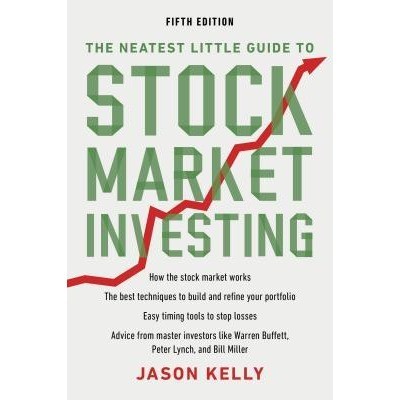Rules For PostRecession Investing_1
Post on: 10 Июль, 2015 No Comment

Despite the pundits’ pronouncements of green-shoots or signs that the economy is on the mend, many investors remain scarred and understandably sensitive to the previously unimagined threats to capital market stability. In many cases, not only have they reduced their equity exposure to levels that will not help them beat inflation. many have pulled out of the publicly-traded markets entirely, and remain on the sidelines.
Return to Investing
If you are planning to retire on the assets you have accumulated or are accumulating, you need to get exposure to the equities markets and you need to do that sooner rather than later. Global equities markets work and you deserve your share of the positive long-term returns they generate.
Generally, market declines cause panic, to quote a study by DALBAR — a leading developer of measurement systems for intangibles, such as customer behaviors, in the financial services industry. A 2003 study by DALBAR found motivated by fear and greed, investors pour money into equity funds on market upswings and are quick to sell on downturns. The report goes on to say that in the past 19 years, the average equity investor has earned 2.57% annually compared to 12.22% for the S&P 500 Index. This study clearly illustrates the reactive nature of today’s investors and just how much it costs them in return. It’s important to recognize how much emotions influence investing decisions most often to investors’ detriment.
Keys to Excellent Returns
As investors slowly emerge from their fear-induced stupor, it is important to review important principles which have provided excellent risk and inflation-adjusted returns over the last 50 or more years. With these foundational principles in place, the investor will be ready to participate in the global capital markets.
- Don’t Forget About Your Risk Tolerance
Return statistics are perhaps the most quoted numbers in personal finance and investing. Quantitative measures of risk or volatility are undoubtedly the least quoted. When you look at your risk tolerance, consider three factors: capacity to take investment risk, need to take investment risk and desire to take investment risk. There are many questionnaires and other tools online that attempt to help investors measure these variables. Use them as a sanity check for your own measures given your previous investment experiences.
These are foundational steps in the construction of your portfolio. The next question is, How should you get back in? This question essentially refers to the two primary options: put it all in at once or stage the money in over time. Which is best?
All at Once














